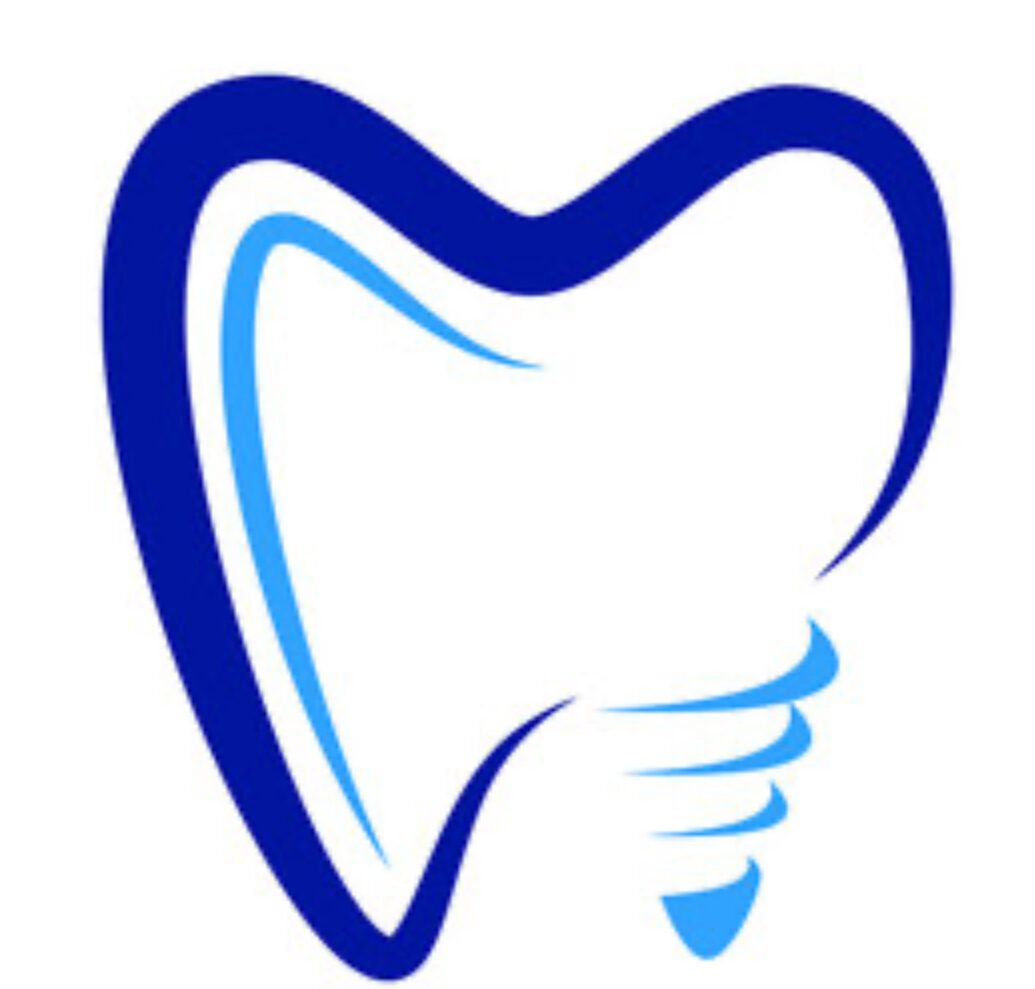Oral diagnostic radiographs, or dental X-rays, are images of the teeth and jaws used by dentists to diagnose and monitor oral health issues, including cavities, bone loss, and other problems not visible during a regular exam.
Dental X-rays help dentists detect a wide range of oral health issues, including:
- Cavities (tooth decay)
- Bone loss
- Infections
- Cysts and some types of tumors
- Impacted teeth
- Fractures
- Anomalies
- Periapical lesions
- Types of Dental X-rays:
- Intraoral: The film or sensor is placed inside the mouth.
- Bitewing X-rays: Focus on the areas between teeth.
- Periapical X-rays: Show the entire tooth, from the crown to the root tip.
- Occlusal X-rays: Used to examine the teeth and jawbones.
- Extraoral: The film or sensor is placed outside the mouth.
- Panoramic X-ray: Provides a wide view of the entire mouth, including the teeth, jaws, and surrounding structures. How they work:
- Dental X-rays use electromagnetic radiation to capture images of the mouth. Different densities of tissues absorb varying amounts of radiation, creating a radiographic image. Teeth appear lighter because they absorb more radiation, while less dense structures like cavities and infections appear darker. Importance:Dental X-rays are an important tool for dentists to diagnose and monitor oral health, allowing for early detection and treatment of potential problems. Frequency:The frequency of dental X-rays depends on individual factors, such as age, oral health, and risk for disease.
